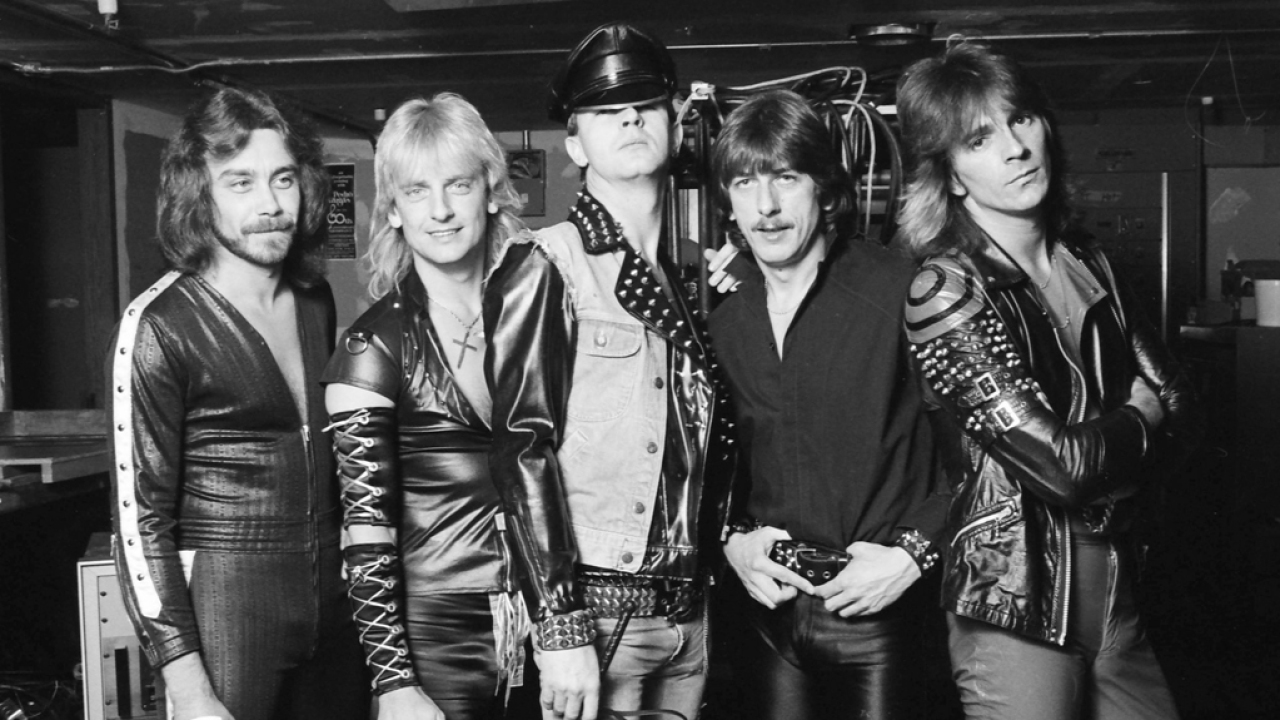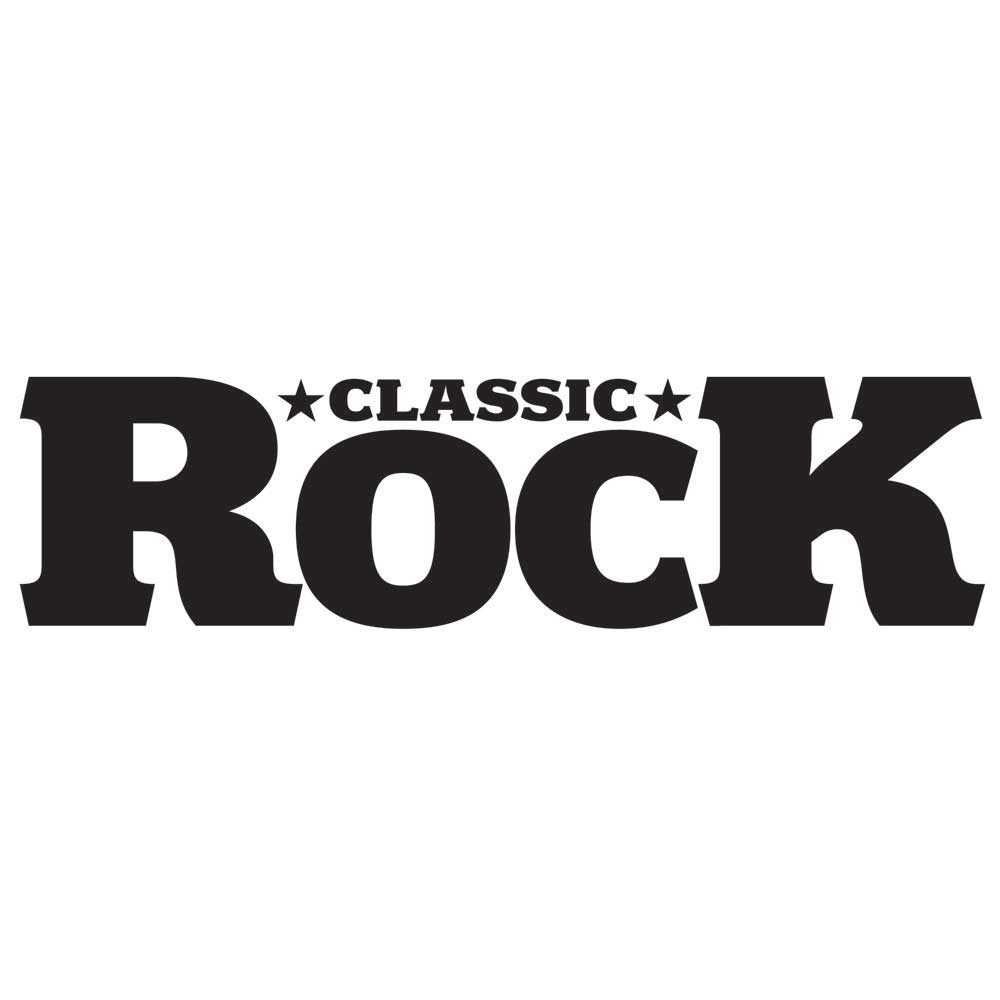The crown princes of heavy metal’s second wave, Judas Priest took what founding fathers Zeppelin, Sabbath and Purple had created and gave it a distinct musical and visual identity.
Wailing twin guitars, air-raid siren vocals, quasi-mystical lyrics, the sort of leather get-up that wouldn’t be out of place in an S&M club… None of it was new, but no one had thought to bring them all together in one place before.
You can hear the first glimmerings of the influence Priest would have as far back as 1977’s Dissident Aggressor, which was an early influence on the thrash metal scene a few years later. But their commercial peak came in the first half of the 80s with the likes of Breaking The Law and Screaming For Vengeance – steel-plated anthems played with the band’s tongues hovering just the right distance from their cheeks. Judas Priest’s biggest secret? Their sense of humour.
If you’re looking for the architects of modern metal, here they are.
Gene Simmons on Slade
Kiss were an American band, but we were a product of British bands. The Beatles. The Small Faces. And Slade. Especially Slade.
Most bands were mice. Slade were men. In many ways they taught Kiss everything we know. They had the songs, of course, and the look, but they also had the presence. That was the most important thing. Until that point no one had worked out how to command an audience. But you’ve got these four hooligans from the middle of England, in their top hats and ridiculous boots, bellowing out these huge soccer anthems, and crowds would riot! I remember thinking: ‘Wait a minute, that’s genius. Why aren’t other bands doing it?’ In that respect they were possibly the biggest influence on what we did. That whole larger-than-life thing? If Slade didn’t exist, that wouldn’t exist.

